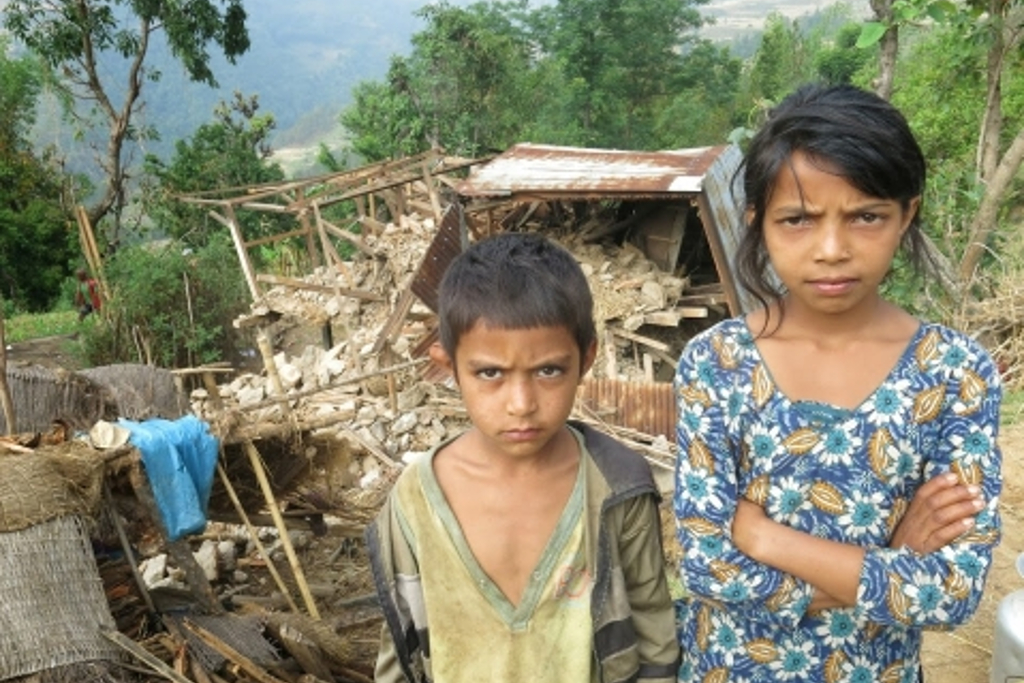New Challenges for Nepal Post-Earthquake

Resilience is a trait that the Nepalese people are known for, but 2015 has been an exceptionally difficult year for the citizens of Nepal. In April 2015, Nepal was struck by a series of devastating earthquakes which experts believe may have set development and economic progress back by more than a decade. World media focused on the destruction in Kathmandu where the damage was concentrated and easy to get to, however, it was rural poor in remote locations that were hit the hardest.
With the vast majority of those hardest hit earning less than $1.25 per day the rural poor and marginalized persons had homes of stacked rock. Some areas saw 90% of the homes destroyed and the deaths per capita in the remote areas was more than 10 times higher than in Kathmandu. Once again the poorest people were the greatest affected; especially women. As resources came into Nepal distribution was focused on the masses and not the most in need.
In total, losses included more than:
- 8,600 dead
- 17,000 injured
- 269,000 buildings that were partially damaged
- 490, 000 buildings that were completely destroyed
- 2.8 million people displaced
- $10 billion in economic losses
If the earthquake hadn’t made life difficult enough, June was the start of rainy (monsoon) season. This postponed reconstruction efforts and made remote rural regions even less accessible. Torrential rain caused mudslides in some regions damaging villages further and increasing the death toll. Many roads that were still accessible following the earthquake were now inaccessible and would need to be cleared before villages could be accessed. Now that the rains have ceased, the homeless in Nepal are facing the rapidly approaching winter season. Time is short and for those most affected by the earthquake the need for shelter is more urgent than ever. WPD has funding from World Accord and various other sources to build 83 homes and one school but the need far outstrips the supply.
Asides from the disaster related issues, Nepal has encountered yet another setback – political instability. With the implementation of a new constitution, many Nepalese citizens believe themselves unfairly represented. Since late September, protests and border blockades have prevented fuel and other resources from entering Nepal through India. Being a landlocked country amidst the Himalayan mountain ranges, Nepal relies on a constant flow of shipped resources. This shortage of supplies is damaging Nepal in ways we have yet to imagine. We are hoping for a break soon so reconstruction can continue full force.
If you would like to support World Accord in the efforts to rebuild Nepal with Women for Peace and Democracy please visit: http://gofundme.com/worldaccord
